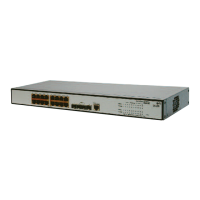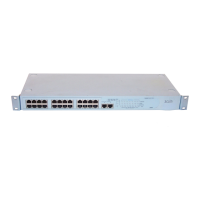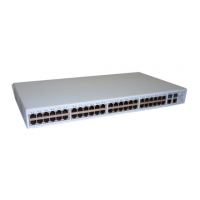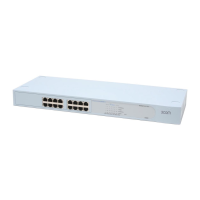2-7
SP queuing
SP queuing is specially designed for mission-critical applications, which require preferential service to
reduce response delay when congestion occurs.
Figure 2-6 Schematic diagram for SP queuing
A typical switch provides eight queues per port. As shown in
Figure 2-6, SP queuing classifies eight
queues on a port into eight classes, numbered 7 to 0 in descending priority order.
SP queuing schedules the eight queues strictly according to the descending order of priority. It sends
packets in the queue with the highest priority first. When the queue with the highest priority is empty, it
sends packets in the queue with the second highest priority, and so on. Thus, you can assign
mission-critical packets to the high priority queue to ensure that they are always served first and
common service (such as Email) packets to the low priority queues to be transmitted when the high
priority queues are empty.
The disadvantage of SP queuing is that packets in the lower priority queues cannot be transmitted if
there are packets in the higher priority queues. This may cause lower priority traffic to starve to death.
WRR queuing
WRR queuing schedules all the queues in turn to ensure that every queue can be served for a certain
time, as shown in
Figure 2-7.
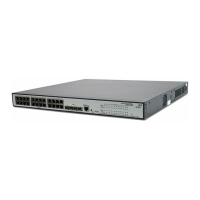
